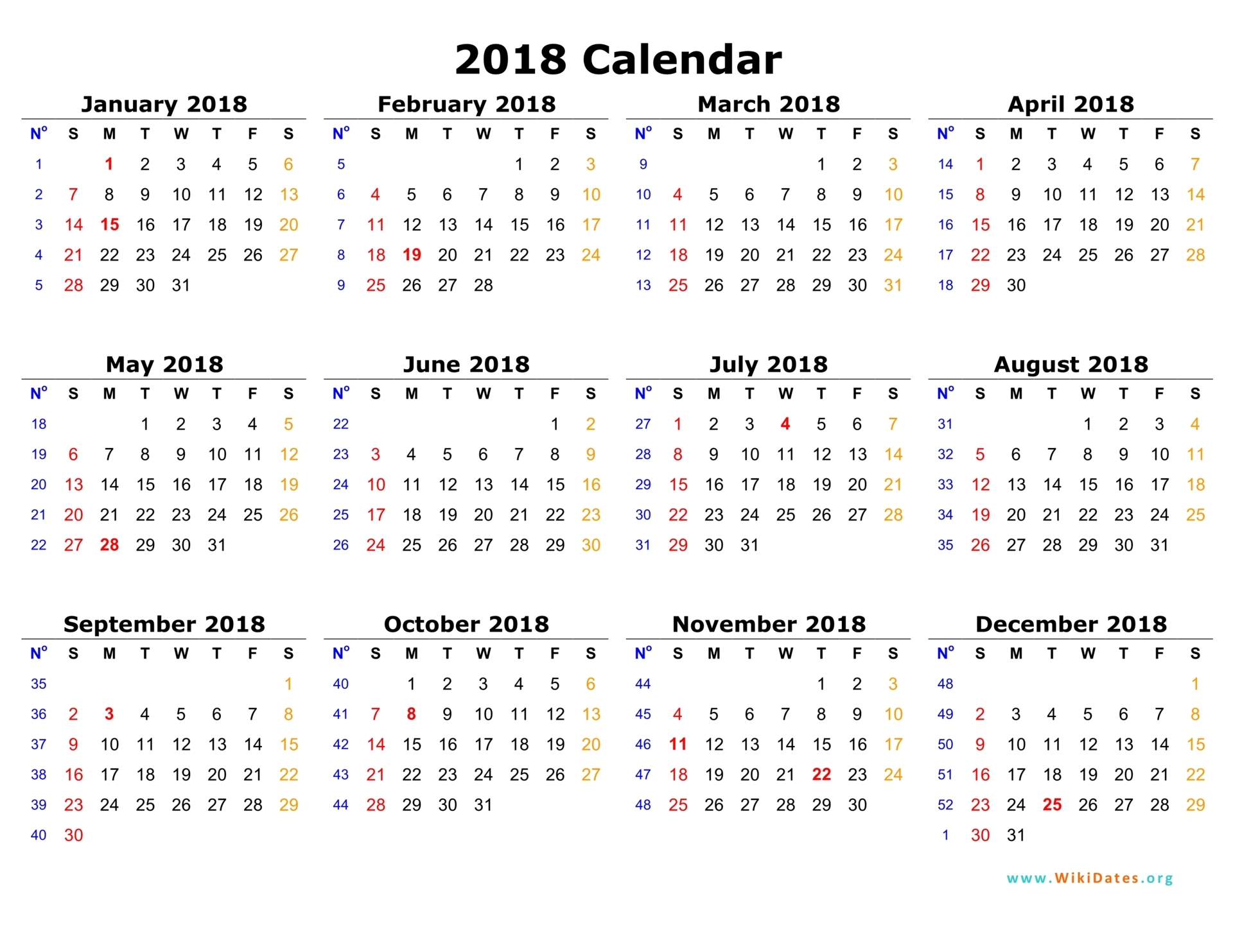Radiocarbon Dating: An Archaeological Perspective Ebook written by R Taylor. Read this book using Google Play Books app on your PC, android, iOS devices. Download for offline reading, highlight, bookmark or take notes while you read Radiocarbon Dating: An Archaeological Perspective. Radiocarbon dating enable archaeologists to provide proof of authenticity to the excavated artifacts period of usage and thus by collaborating with the efforts with historians and anthropologists, the unwritten history can be precisely explained. Likewise, those working with radiocarbon sampling and dates from their own work, or the work of others that they use for comparative studies, will find useful and authoritative information in the new edition of Radiocarbon Dating: An Archaeological Perspective. To send this article to your Kindle, first ensure is added to your Approved Personal Document Email List under your Personal Document Settings on the Manage Your Content and Devices page of your Amazon account. Radiocarbon Dating: An Archaeological Perspective. What people are saying Write a review. We haven't found any reviews in the usual places. Radiocarbon Dating: An Archaeological Perspective Radiocarbon Dating: An Archaeological Perspective and millions of other books are available for Amazon Kindle. Learn more Enter your mobile number or email address below and we'll send you a link to download the free Kindle App. Options for accessing this content: If you are a society or association member and require assistance with obtaining online access instructions please contact our Journal Customer Services team. This chapter reviews the basic elements of the radiocarbon (14C) dating method and summarizes three generations of 14C studies in archaeology. It considers in greater detail several major advances in 14 This volume is a major revision and expansion of Taylors seminal book Radiocarbon Dating: An Archaeological Perspective. It covers the major advances and accomplishments of the 14C method in archaeology and analyzes factors that affect the accuracy and precision of 14Cbased age estimates. Radiocarbon Dating: An Archaeological Perspective eBook: R Taylor: Amazon. Sign in Your Account Sign in Your Account Try Prime Wish List Cart 0. Your Store Deals Store Gift Cards Sell Help. Kindle Store Buy A Kindle Free Kindle Reading Apps Kindle Books. Download Radiocarbon Dating: An Archaeological Perspective, Second Edition or any other file from Books category. HTTP download also available at fast speeds. Talk: Radiocarbon dating of the Shroud of Turin Radiocarbon Dating: An Archaeological Perspective (2014), which reviews the shroud, the testing, and the subsequent controversy. It unequivocally concludes that the AMS dates were entirely consistent with the best documented historical context of this artifact, and that the various arguments. The Shroud of Turin, a linen cloth that tradition associates with the crucifixion and burial of Jesus, has undergone numerous scientific tests, the most notable of which is radiocarbon dating, in an attempt to determine the relic's authenticity. In 1988, scientists at three separate laboratories dated samples from the Shroud to a range of AD, which coincides with the first certain. We consider the history, present, and future of radiocarbon dating in the American Southeast. We point out some of the past and present flaws related to archaeological research and dating. Our approach to this review is rooted in the perspective that each radiocarbon date collectively adds to our. This volume is a major revision and expansion of Taylors seminal book Radiocarbon Dating: An Archaeological Perspective. It covers the major advances and accomplishments of the 14C method in archaeology and analyzes factors that affect the accuracy and precision of 14Cbased age estimates. Radiocarbon dating was discovered by Willard Libby in 1947 (Nobel prize in chemistry 1960). It is based on the measurement of the proportion of the isotope carbon14 in the total carbon content of the concerned material. Radiocarbon dating: radioactive carbon decays to nitrogen with a halflife of 5730 years. In dead material, the decayed 14C is not replaced and its concentration in the object decreases slowly. In dead material, the decayed 14C is not replaced and its concentration in the object decreases slowly. Orau was a new radiocarbon accelerator unit, in archaeology radiocarbon dating radiocarbon dating. Calculating a proper age of the early egypt using 4. 2012 radiocarbon dating method or size, as common method of the birth of. IUCAT is Indiana University's online library catalog, which provides access to millions of items held by the IU Libraries statewide. The historical perspective on the development of radiocarbon dating is well outlined in Taylor's (1987) book Radiocarbon Dating: An archaeological perspective. Libby and his team intially tested the radiocarbon method on samples from prehistoric Egypt. Issue published online: 20 SEP 2015; Article first published online: 22 AUG 2015 Radiocarbon Dating: An Archaeological Perspective provides a review of some of the major advances and accomplishments of the 14C method from an archaeological perspective. The text also provides an introduction to some of the problems and issues involved in the use of 14C data in archaeological. Alternatively, you can try books on amazon prime reading. Amazon Prime Reading offers a great experience of book reading on amazon. My friend got this book Radiocarbon Dating an Archaeological Perspective. Its an awesome service out there. Radiocarbon Dating of Bone Apatite by. Radiocarbon dating: An archaeological perspective. The highly consistent dating of Clovis archaeological sites (11, 500. When radiocarbon dating came on the scene in the 1950s, suddenly there was an inde pendent means of estimating the age of archaeological deposits. No longer was chronology building necessarily a regional phenomenon based directly on the archaeological record and its subjective interpretations. The Problems of Radiocarbon Dating. The Bayesian Approach to Interpreting Archaeological Data (Wiley, Chichester, UK, 1996). Buck, Subsequent to publication of our Perspective, the international radiocarbon community has replaced IntCal98 with IntCal04 (5, 6). We strongly recommend that the scientific community take advantage. Radiocarbon Dating: An Archaeological Perspective provides a review of some of the major advances and accomplishments of the 14C method from an archaeological perspective. The text also provides an introduction to some of the problems and issues involved in. Radiocarbon Dating: An Archaeological Perspective eBook: R. in: Kindle Store This volume is a major revision and expansion of Taylors seminal book Radiocarbon Dating: An Archaeological Perspective. It covers the major advances and accomplishments of the 14C method in archaeology and analyzes factors that affect the accuracy and precision of 14Cbased age estimates. Request PDF on ResearchGate Radiocarbon Dating: An Archaeological Perspective A model describing the production, distribution, and decay of the radioactive isotope of carbon (14C) led to a. This volume is a major revision and expansion of Taylors seminal book Radiocarbon Dating: An Archaeological Perspective. It covers the major advances and accomplishments of the 14C method in archaeology and analyzes factors that affect the accuracy and precision of 14Cbased age estimates. The purpose of this first article is to discuss problems with radiocarbon and treering dating (or dendrochronology), which are the two most common direct dating techniques in archaeology. Problems with relative dating by interpretation of material culturearrowheads, pottery. Radiocarbon dating an archaeological laboratory, department of anthropology, institute of. My decision was quickly made being with my mother, I could write to him unnoticed. The controllers had the power to close the airport, and direct all flight operations from the tower. Compre Radiocarbon Dating: An Archaeological Perspective de R Taylor na Amazon. Confira tambm os eBooks mais vendidos, lanamentos e livros digitais exclusivos. Auto Suggestions are available once you type at least 3 letters. Use up arrow (for mozilla firefox browser altup arrow) and down arrow (for mozilla firefox browser altdown arrow) to review and enter to select. Radiocarbon Dating, Second Edition: An Archaeological Perspective R. Taylor, Ofer BarYosef Limited preview 2014 Radiocarbon Dating: An Archaeological Perspective EMBED (for wordpress. org item description tags) Review of Radiocarbon Dating: An Archaeological Perspective, Second Edition by R. Taylor and Ofer BarYosef Radiocarbon Dating 1. What is the basis of carbon14 dating? Carbon exists in three forms, Calculating a date based on the concentration of radiocarbon in a sample is based on several assumptions. Radiocarbon Dating: An Archaeological Perspective. Radiocarbon (14C) dating, now in its fifth decade of routine use, remains the most widely employed method of inferring chronometric age for organic materials from the late Pleistocene and Holocene. This volume is a major revision and expansion of Taylor's seminal book Radiocarbon Dating: An Archaeological Perspective. It covers the major advances and accomplishments of the 14C method in archaeology and analyzes factors that affect the accuracy and precision of 14Cbased age estimates. Note: Citations are based on reference standards. However, formatting rules can vary widely between applications and fields of interest or study. The specific requirements or preferences of your reviewing publisher, classroom teacher, institution or organization should be applied. uk Try Prime All Radiocarbon Dating an Archaeological Perspective 12 Nov 2012. Radiocarbon dating: some practical considerations for the archaeologist. Radiocarbon Dating: An Archaeological Perspective provides a review of some of the major advances and accomplishments of the 14C method from an archaeological perspective. The text also provides an introduction to some of the problems and issues involved in. Radiocarbon dating is the most common technique used in ascertaining the age of archaeological and paleontological sites during the last 45, 000 years. Developed by a chemist born in Colorado, there are now commercial and academic laboratories across the globe that conduct radiocarbon dating..











